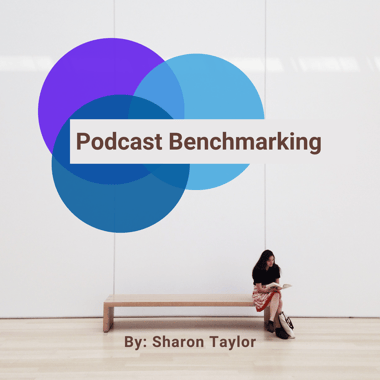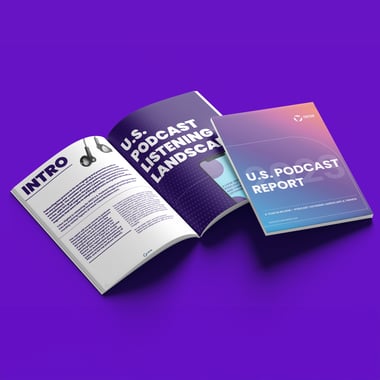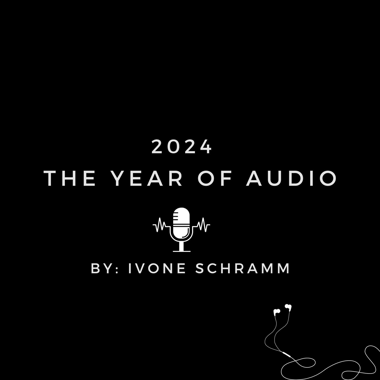Why Streaming Music is the Next Big Money-Maker

via VentureBeat
We all know the world is going mobile. You only need to walk any street, sit in any airport, or have any children to realize just how much.
With news that the Facebook Home phone from HTC is now available for just $0.99 and rumors that Apple will be bringing a much cheaper iPhone to market, expect the global mobile phenomena to continue.
I find how we use them more interesting than how much we use them or how ubiquitous they’ve become.
According to The NPD Group, we’re doing a lot of listening. No surprise there. But it’s not to friends and family. Talking on the phone is a poor substitute for texting it seems. We’re listening to music. Roughly 56 percent of smartphone users use their device for music listening. More than video. More than games.
Traditional radio companies are joining in the mobile surge by using mobile-friendly apps like TuneIn and iHeart to gain access to consumers outside of terrestrial signal strength while giving even more convenient access to local fans.
Twitter certainly sees the value. It launched a new offering to harness the world’s music and its attendant chatter into one supercharged app. If only a fraction of Twitter users adopt Twitter #Music, it could mean tens of millions in audience in the U.S. and abroad. (It’s a big fraction.)
Whereas the car was once referred to as a “radio with wheels” in ad circles, the mobile phone is now the “supercomputer with wings.” People listen to what they want, when they want, wherever they are. Critically, they’ll not only listen to music wherever they are, but wherever the music comes from. Audio is now available globally, never out of range or reach.
Why are audio and mobile such a match?
1. Audio is pervasive
Mobile video gets more ink, but audio gets far more time (Millward Brown and Dynamic Logic, “AdReaction 2012: Marketing in the Mobile World” report, page 10). Why? You can’t watch video while driving or in the office (usually). When you can devote the time to it, increasingly rare for most of us, there are still some technical and bandwidth limitations to watching video on mobile. Treating tablets as the separate category they are, video on mobile can also be just plain tiny regardless of buffering issues.
2. Passive versus active
Life is hectic for most of us. The clean, clear lines of working nine to five with an hour for lunch seem quaint if not downright laughable. Life’s messy. We’re working from home, playing at work — audio can be as passive or active as the situation dictates. Most of us happily bang away on our keyboards while listening to audio. It tethers to our dashboard effortlessly in those situations where it’s better to be heard than seen. It’s comfortable in the background in a way video isn’t.
Audio moves effortlessly from foreground to background at the listener’s command, thriving in either where radio and other media never could.
3. Control and co-creation
Listening to Pandora, for example, allows the listener to also be the program director most of us secretly always wanted to be. It allows us to get very involved and active in the content we consume. There’s still the excitement of “what’s next” in terms of the next song being unknown, but in audio the anticipation is heightened even more by the fact that you played a hand in selecting the next track. You may not know exactly what it will be, but you can take a good guess. That’s the Jiffy-Pop moment, the all-consuming anticipation. Audio also allows the creator to share that “station” with friends through simple digital connections like Facebook, Twitter, and so on. Similarly, on-demand audio services like Spotify allow the time-honored tradition of playlist creation to take on a modern twist with lyrics, music discovery, and more. All shareable. All easy. All audio-based but decidedly multi-media if you want them to be.
4. Audio is good for advertising
Banners are certainly a go-to digital advertising staple, but they’re not the best on mobile. People have fat fingers. Fat fingers hit things they don’t mean to, giving false positives that muddy the analytics that are so central to digital. Video, as mentioned, runs up against form-factor, bandwidth, and attention limitations among others. Audio is the advertising porridge that’s just right. It’s involving and creative like video, geo-targetable and measurable like display, and sits somewhere in between.
5. FREE!
As Advertisers invest in audio more and more, there is at least the opportunity for a free option for consumers, going against the subscription tide. That’s big for lots of folks. In research presented just last month, nearly 64 percent of those surveyed thought free web content was extremely important. Beyond free admission, audio ads are fewer and farther between than most other media and play just one at a time. That makes for a better quality user experience. That kind of open mic is music to any advertisers ears and every consumers’ wallets.
Unless you’re a budding Grandmaster Flash, you probably find having tens of millions of music tracks from around the world in your phone preferable to a boom box on the shoulder with one cassette and a few AM/FM stations. People like choice, and streaming audio gives them a voice in the programming they consume in a relatively uncluttered environment. Soon, consumers will have even more choice if tech heavyweights like Apple, Facebook, and Amazon pursue audio strategies, following the trail blazed by Pandora, Rhapsody, Spotify, and others. Competition is good for everyone. Their digital street cred is nonpareil, and they don’t have to worry about their still-developing audio chops. After all, the audience will do most of the programming anyway.
If Darwin was right and adaptive evolution is real, mobile devices of the future will be subcutaneous parts of our palm. The first digital appendage. Not the last. Can Beats earlobes be far behind?
Patrick Reynolds is chief strategy officer at Triton Digital, an agency and ad network specializing in audio ads, particularly for streaming audio. Its clients include Pandora, Clear Channel, and NPR.
Back to blogRelated Articles
Keep on reading the stuff you love

Podcast Benchmarking

2023 U.S. Podcast Report
